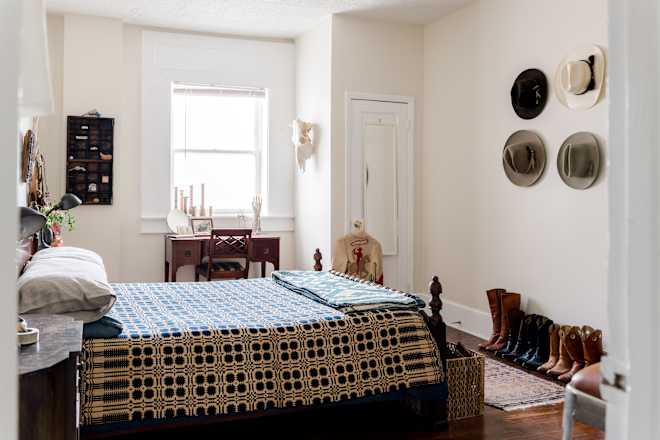How to make a good blended family — or really screw your kids up for life
The relationship between biological parents and step-parents has a significant impact on the well-being of children in blended families.

With divorce rates at about 50 percent and climbing, it isn’t really a shocker that one in three Americans are living the stepfamily and blended family experience. So, is this new family dynamic in America a good thing, a bad thing or something in between?
Statistically speaking, the key determination for the future of step-children is the relationship between their two families — biological mom and biological dad, each with their potential partner.
Only 30 percent of step-parents report a positive relationship with the biological parent on the other side within the first few years of building a blended family. On the flip side, only 5 percent of biological parents report a good relationship with the other parent's partner. This means the bio parent (dad or mom) tends to dislike the step-parent a whole lot more than the other way around. Perhaps you think they can dislike each other all they want, as long as they all care about the kids. Unfortunately, that isn't what the data show.
First, when both families are able to present a united front and engage in good communication, children feel significantly more secure. This includes having some of the same routines at both homes — i.e. bedtimes, homework time etc. This can increase the stability a child feels by 25 percent. Teachers can play a huge role in helping both families figure out these routines for children.
Second, children who have self-reported positive relationships with their step parents have far fewer behavioral problems and significantly higher levels of social competence. What is the main driver in that relationship? Well, at least until the children are in their late teens, their perception of their stepparents depends heavily on the relationship between their step-parent and their bio-parent. According to the Family Relations Journal, children's biological parents heavily influence them when it comes to their relationships with step-parents.
And as we all know — either through personal experience or watching various Hollywood movies — biological parents can have a very difficult time respecting or supporting the role of a step-parent. Moreover, this is easier for men than it is women. Bio-dads and step-dads are about 20 percent more likely to get along well than bio-moms and step-moms.
So why can’t the biological parents and stepparents get along, and why do men do it better than women? We’ve all heard the horror stories.
I have a good friend who married a wonderful man with beautiful children. Unfortunately the bitterness and unhappiness of the children's biological mother is having a potentially ruinous effect on them. I also have a dear friend who is a spectacular mother to three children. Her ex-husband has decided his only goal in life is to ruin hers. So it certainly does cut both ways.
Children who experience high levels of conflict between their parents and step-parents were twice as likely to show serious behavioral problems. Moreover, children with co-operative co-parents and step-parents are 30 percent more likely to have better academic outcomes.
One would think the importance of these good relationships to the health of your child would be enough reason to suck it up, yet only a minority do. If you love your child, how are you not able just to play nice — or, at the very least, be civil?
The importance of this cannot be overstated. Blended family parents' inability to get along clearly correlates with children's mental health problems, poor academic performance, decreased cognitive development, strained peer relationships, drug abuse when older and odds of poor relationships later in life.
So what is the biggest cause and how can we fix it? Given that half of children are raised in some sort of blended family situation, the U.S. needs these children to succeed. Failure to get along is more than 75 percent more likely in situations where one of the two parents has failed to move on from the other. That parent — especially if he or she gets involved in unsteady or toxic relationships and introduces the children to multiple romantic partners — is almost always the instigator in this strife.
But there is one main difference and probably the explainer of why these situations are usually easier for men — it comes down to boundaries in the post-divorce period. For the fathers, the level of emotional intensity toward their former spouse is the major predictor, whereas for mothers the larger variable is their need for power and control over their former partner (this includes not just ex-husbands but ex-fiances as well). This can manifest in all sorts of ways, but mainly from a desire to have more contact with and control over the father.
One example of this controlling behavior is the deliberate destabilization of the children's schedule, so that there is significantly more contact between the co-parents. Another is the frequent and attention-seeking manufacturing of emergencies — of either the child or themselves — so that the other parent needs to attend to the them.
This need to control one's ex-spouse is generally much stronger for women than it is for men, although this is not true in every case.
We would all hope that parents and step-parents could overcome their own issues to do what is best for the children. Unfortunately, in 35 percent of cases, there is one parent that just can’t overcome their own unhappiness to help their kids. Even more unfortunately, that parent’s inability to sacrifice his or her own feelings for the betterment of their children, statistically speaking, is going to cause untold harm.
But there is hope. Therapy is the top predictor for children of divorce achieving the same emotional and physical well-being as their peers with married parents — therapy not just for the children but for the parents as well. If both parents are willing to go to therapy, separately or together, all the better. There is nothing that gives you, and your children, better odds at a happier and healthier life.
Liberty Vittert is a professor of data science at Washington University in St. Louis and the resident on-air statistician for NewsNation, a sister company of The Hill.









































































